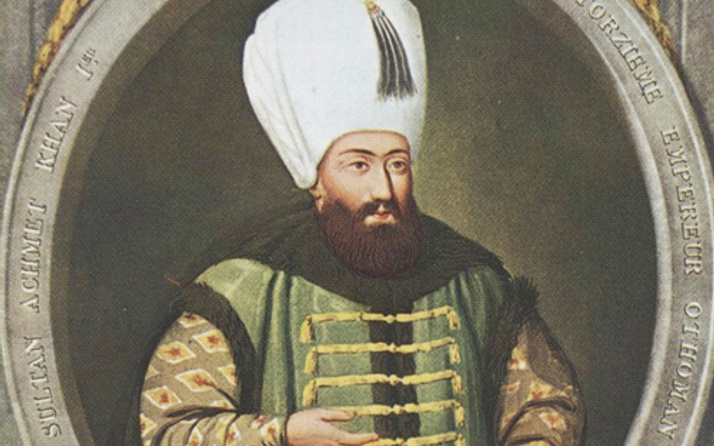türkçe links to original Turkish article
(Milliyet Newspaper, 19 September 2019)
fascinating background click here for a taste of the two
countries' relations, initially facilitated by a Jew named
Joseph Nasi who fled persecution in Portugal in the mid-
1500s and gained favor in the court of Sultan Süleyman
the Magnificent.
more on joseph nasi click here for Nasi's bio.
Brevity was forbidden in 17th century Istanbul.
A treaty, written on 7 meters (!) of special paper, was sent by Ottoman
Sultan Ahmet I to Holland in 1612 in recognition of Dutch independence
from Spain after an 80-year struggle. The document has been selected
as one of the Netherlands's 15 most important documents and is the
only non-Dutch document to have been chosen.
In 1612, the first Dutch ambassador to the Ottoman Empire, Cornelis
Haga, came to Istanbul to initiate bilateral relations. Sultan Ahmet I was
the first foreign leader to recognize Holland as an independent state and
the lengthy and decorated treaty gave the Dutch unlimited trade rights on
the Ottoman Empire's 3-continent geography.

Of course, you can't miss the extra dot or two in line one. Sigh...
The treaty, written in Ottoman Turkish, has been translated by historian
Dr. Mehmet Tütüncü, who explained that "this document represents a
number of 'firsts'. In one sense, it is a vow by the Ottoman Sultan and it
served as the first recognition of Holland's independence by a foreign
power. The entire text of the treaty has been translated into Dutch by
Erik Swart and has been made into a book. The original treaty, now on
display at an exhibition called 'Summit Documents' in The Hague, is
the only non-Dutch document in the exhibition, which continues until
5 October."
The dimensions of the Ottoman treaty are startling: 45 centimeters (about
18 inches) wide and 7 meters (about 23 feet) in length. The treaty's
paper was hand-made and the text is made up of 78 lines written in the
'divanî' script used in the Ottoman imperial chancery. The 'tuğra' of the
Sultan (his imperial signature) at the end of the document takes up
1.5 meters of the paper. Blue and gold ink were used in writing the
treaty, which ensured the safety of Dutch citizens living in the Ottoman
State, trading rights and a minimal 3% tax.

Sultan Ahmet I. Died of writer's cramp in 1617. Small wonder.

Hiç yorum yok:
Yorum Gönder